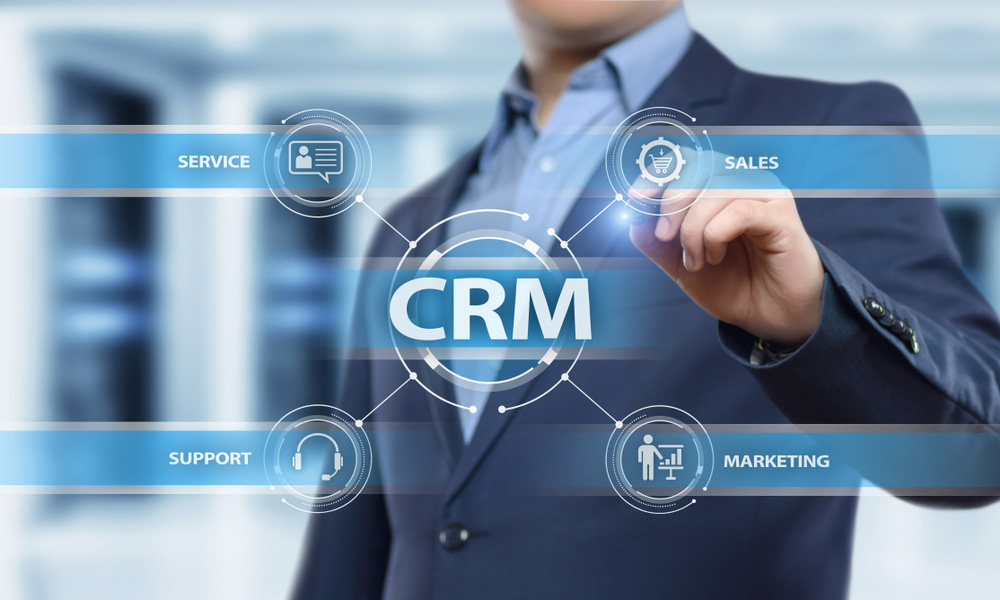In the fast-paced world of sales, chaos can quickly take over, leading to missed opportunities, disorganized workflows, and frustrated teams...

Centralizing Customer Data
Unified Data Repository
A CRM system acts as a centralized repository for all customer information. Instead of scattered data across multiple spreadsheets and platforms, a CRM consolidates everything in one place. This unified approach ensures that sales teams have access to up-to-date and accurate customer information.
Benefits of Centralized Data
- Improved Accuracy: Reduces errors caused by duplicate or outdated information.
- Easy Access: Enables quick retrieval of customer data, enhancing responsiveness.
- Comprehensive View: Provides a 360-degree view of customer interactions and history.
Enhancing Data Accessibility
With a CRM, sales teams can access customer data anytime, anywhere. This accessibility is particularly beneficial for remote teams and field sales representatives who need real-time information while on the go.
Example: Mobile CRM Access
Sales representatives can use mobile CRM apps to update customer information, log interactions, and access key data while meeting clients, ensuring they have the most current information at their fingertips.
Automating Routine Tasks
Reducing Administrative Burden
A significant portion of a sales team’s time is often spent on administrative tasks such as data entry, scheduling meetings, and sending follow-up emails. A CRM automates these routine tasks, freeing up time for sales representatives to focus on selling.
Task Automation Features
- Email Automation: Sends automated follow-up emails and reminders.
- Lead Assignment: Automatically assigns leads to the appropriate sales representatives based on predefined criteria.
- Task Scheduling: Automates scheduling of follow-ups and meetings.
Streamlining Lead Management
Managing leads efficiently is crucial for maintaining a steady sales pipeline. A CRM system provides tools for tracking and nurturing leads through the sales funnel, ensuring that no potential opportunity is missed.
Lead Scoring
CRMs use lead scoring to prioritize leads based on their likelihood to convert. This scoring system helps sales teams focus on high-potential prospects, increasing the chances of successful conversions.
Example: Automated Lead Nurturing
A CRM can automate the lead nurturing process by sending personalized content and follow-ups to leads based on their stage in the sales funnel, ensuring timely and relevant engagement.
Enhancing Sales Collaboration
Improving Team Communication
A CRM system fosters better communication and collaboration within sales teams. By providing a centralized platform for sharing information and updates, it ensures that everyone is on the same page.
Shared Customer Insights
Sales representatives can share insights and notes about customer interactions, helping team members understand customer needs and preferences better.
Coordinating Efforts Across Departments
Effective sales processes often require collaboration between different departments such as marketing, customer support, and finance. A CRM system integrates these departments, facilitating seamless communication and coordination.
Example: Marketing-Sales Alignment
Marketing teams can use CRM data to create targeted campaigns, while sales teams can access marketing insights to tailor their sales strategies, resulting in a more cohesive approach to customer engagement.
Providing Actionable Insights
Advanced Analytics
CRMs offer advanced analytics tools that transform raw data into actionable insights. Sales teams can track key performance indicators (KPIs) and analyze sales trends to make informed decisions.
Sales Performance Metrics
By monitoring metrics such as conversion rates, average deal size, and sales cycle length, businesses can identify areas for improvement and optimize their sales strategies.
Forecasting Sales
Accurate sales forecasting is essential for strategic planning and resource allocation. CRMs use historical data and predictive analytics to generate reliable sales forecasts, helping businesses set realistic targets and track progress.
Example: Data-Driven Decision Making
A sales manager can use CRM analytics to identify the best-performing products and sales channels, allowing them to allocate resources more effectively and focus on high-yield opportunities.
Enhancing Customer Experience
Personalizing Customer Interactions
CRMs enable sales teams to personalize customer interactions by providing detailed information about their preferences, purchase history, and past interactions. This personalization enhances the customer experience and builds stronger relationships.
Targeted Communication
Sales representatives can use CRM data to tailor their messages and offers to meet the specific needs of each customer, increasing the likelihood of a positive response.
Proactive Customer Engagement
With the insights provided by a CRM, sales teams can engage with customers proactively, addressing their needs before they even realize they have them. This proactive approach demonstrates a high level of customer care and fosters loyalty.
Example: Anticipating Customer Needs
A CRM can alert sales representatives when a customer is due for a product upgrade or renewal, allowing them to reach out with timely and relevant offers.
Conclusion
From chaos to clarity, a CRM system can significantly streamline the sales process, bringing order and efficiency to every stage. By centralizing customer data, automating routine tasks, enhancing collaboration, providing actionable insights, and improving the customer experience, CRMs transform how businesses operate and drive sales growth. In today’s competitive market, investing in a CRM is not just a smart move; it’s a necessity for achieving sustained success and staying ahead of the competition.






